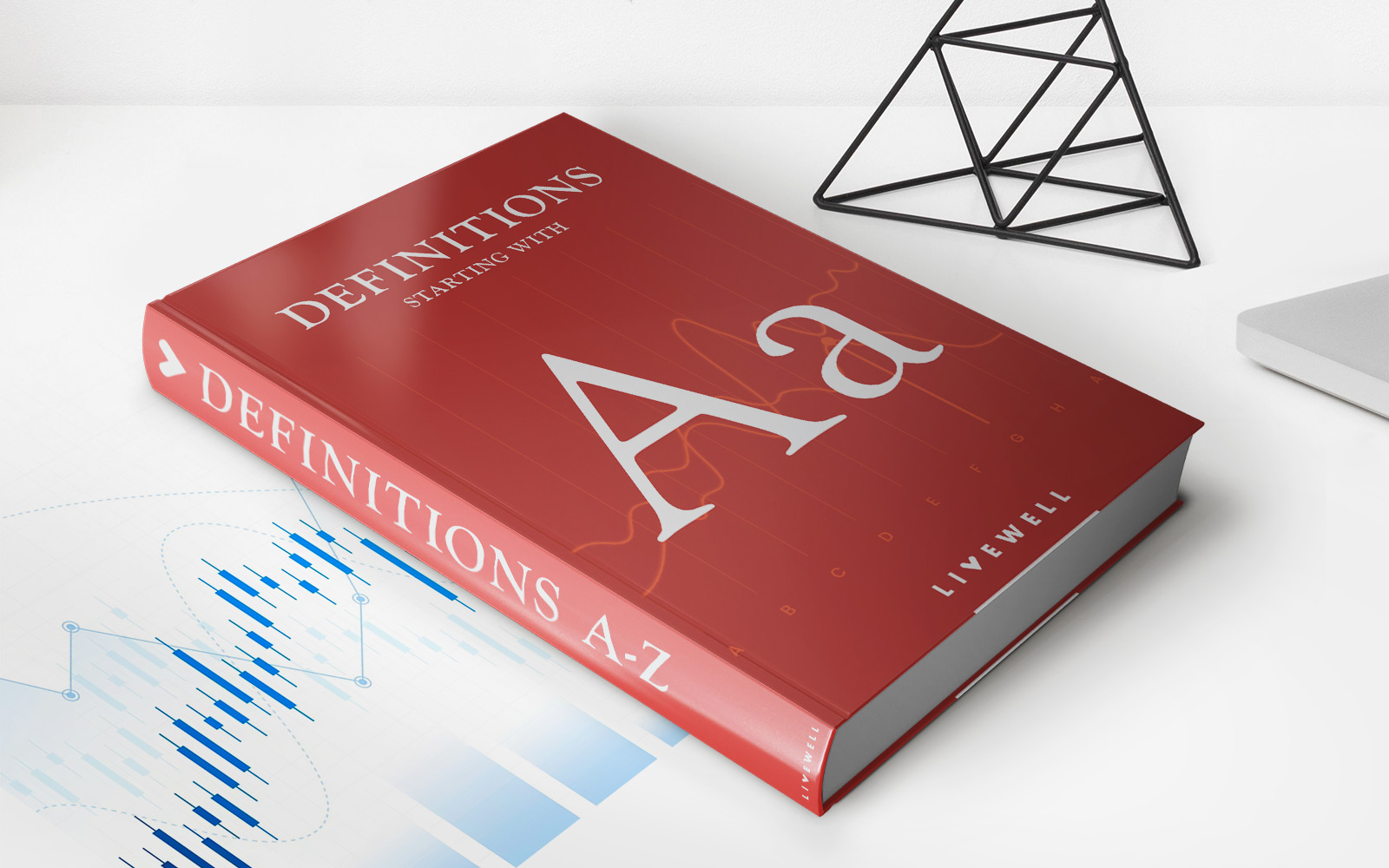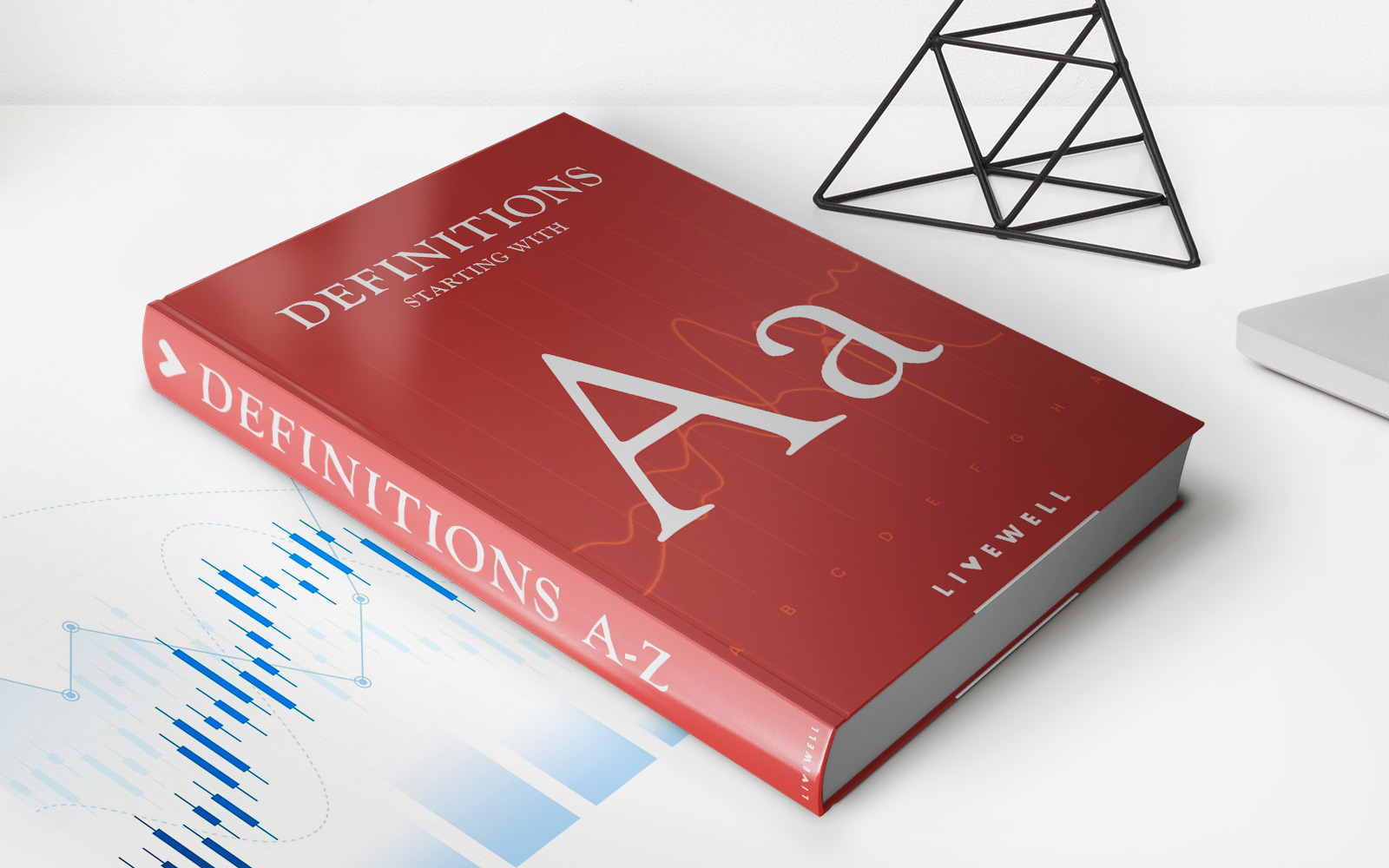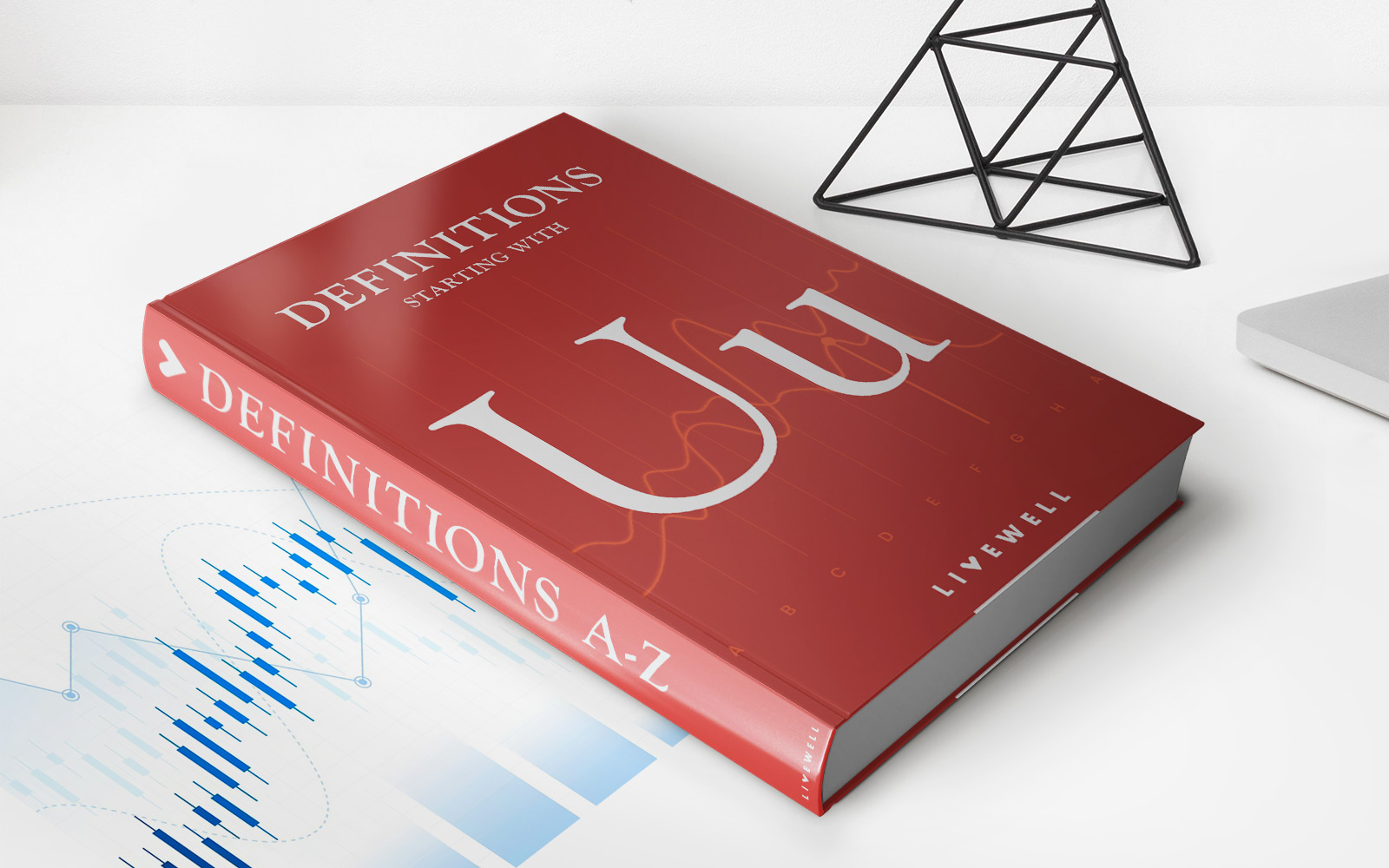Home>Finance>Chaikin Oscillator: Definition, Calculation Formula, Example


Finance
Chaikin Oscillator: Definition, Calculation Formula, Example
Published: October 26, 2023
Learn how to calculate and interpret the Chaikin Oscillator in finance. Understand the formula and see an example of its application.
(Many of the links in this article redirect to a specific reviewed product. Your purchase of these products through affiliate links helps to generate commission for LiveWell, at no extra cost. Learn more)
Chaikin Oscillator: Definition, Calculation Formula, Example
Welcome to our Finance category, where we explore various topics related to managing and growing your wealth. Today, we will dive into the world of technical analysis and discuss one popular indicator called the Chaikin Oscillator. If you are an investor or trader looking to enhance your decision-making process, understanding this indicator can provide valuable insights into market trends and potential buying or selling opportunities.
Key Takeaways:
- The Chaikin Oscillator is a technical analysis tool used to measure the momentum of a financial instrument.
- It combines volume and price data to determine the strength or weakness of a security’s price movement.
What is the Chaikin Oscillator?
The Chaikin Oscillator, developed by stock market analyst Marc Chaikin, is a momentum indicator that helps traders and investors identify buying and selling opportunities in financial markets. It combines price and volume data to measure the accumulation or distribution of a stock or any other tradable instrument.
The Chaikin Oscillator calculation involves two steps. First, it calculates the Accumulation Distribution Line (ADL), which takes into account the relationship between the closing price, the high, the low, and the volume of a particular period. The ADL reflects whether buyers or sellers are dominant in the market.
Next, the Chaikin Oscillator smooths the ADL by subtracting a 10-day exponential moving average (EMA) of the ADL from a 3-day EMA. The result is a plotted line that oscillates around a zero line, indicating positive or negative momentum.
An Example:
Let’s look at an example to better understand how the Chaikin Oscillator works. Suppose we have a stock with the following price and volume data:
- Day 1: Closing Price – $50, Volume – 100,000
- Day 2: Closing Price – $52, Volume – 150,000
- Day 3: Closing Price – $49, Volume – 80,000
Using these data points, we can calculate the Accumulation Distribution Line (ADL) for each day. Let’s assume the initial ADL value is 0.
- Day 1 ADL = 0 + (($50 – $49) / ($52 – $49)) * 100,000 = 33,333.33
- Day 2 ADL = 33,333.33 + (($52 – $49) / ($52 – $49)) * 150,000 = 116,666.67
- Day 3 ADL = 116,666.67 + (($49 – $49) / ($52 – $49)) * 80,000 = 116,666.67
Next, we calculate the 3-day and 10-day exponential moving averages (EMA) of the ADL. Let’s assume the initial EMA values are both 0.
- 3-day EMA = (33,333.33 + 116,666.67 + 116,666.67) / 3 = 88,888.89
- 10-day EMA = (33,333.33 + 116,666.67 + 116,666.67) / 3 = 88,888.89
Finally, we calculate the Chaikin Oscillator by subtracting the 10-day EMA from the 3-day EMA: 88,888.89 – 88,888.89 = 0.
In this example, the Chaikin Oscillator value is zero, indicating that there is no significant positive or negative momentum.
Conclusion:
The Chaikin Oscillator is a valuable tool for traders and investors seeking to identify potential buying or selling opportunities. By combining price and volume data, it provides insights into the strength or weakness of a security’s price movement. Understanding how to calculate and interpret the Chaikin Oscillator can enhance your technical analysis skills and improve your decision-making in financial markets.
Remember to consult with a financial advisor or conduct your own research before making any investment decisions. Happy investing!














